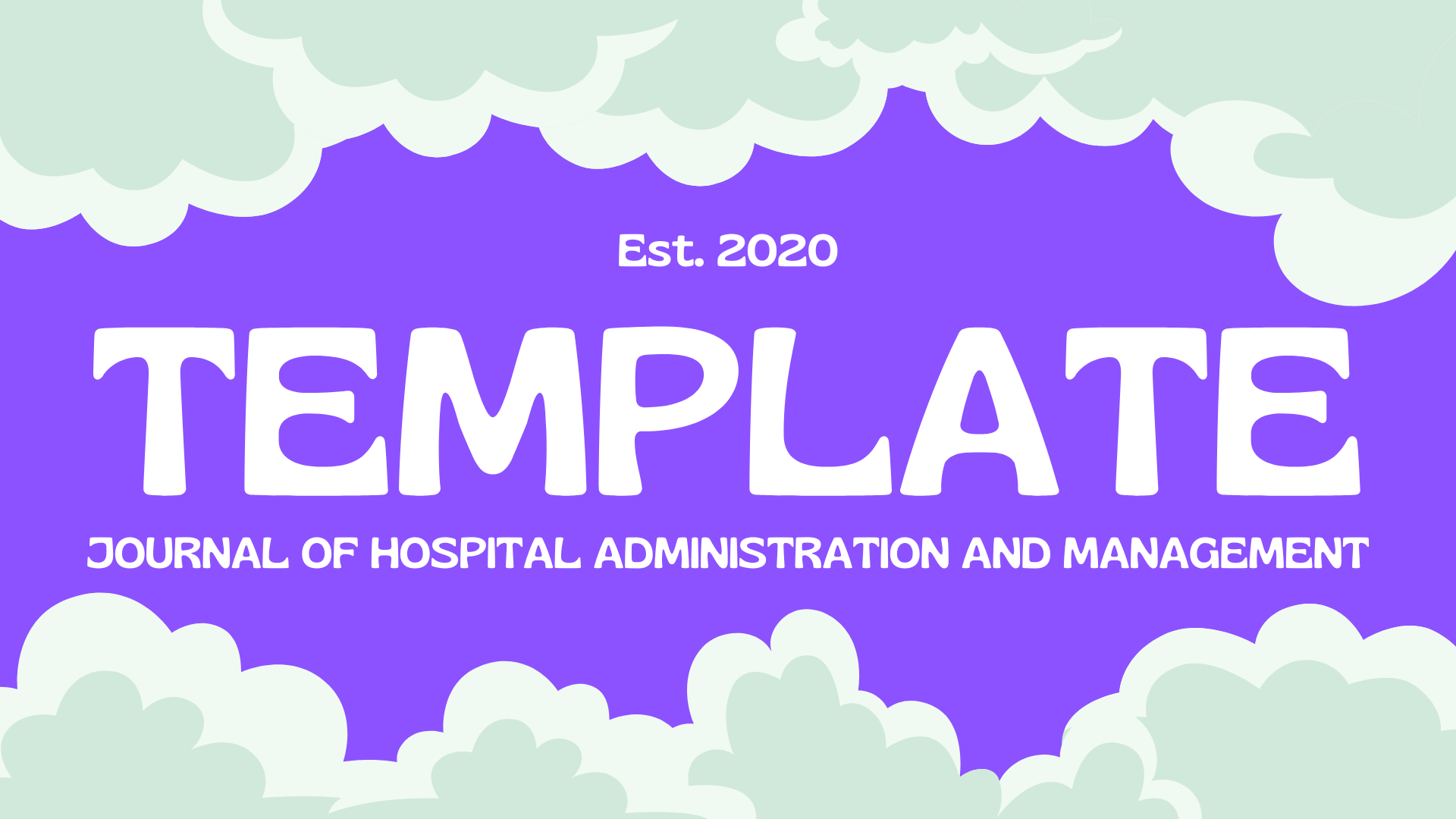EFFECTIVE COMMUNICATION WITH NURSES PERCEPTION OF PATIENT SATISFACTION IN THE INSTALLATION INPATIENT HOSPITAL
DOI:
https://doi.org/10.54973/jham.v1i2.54Keywords:
Perceptions of Effective Communication Nurse, Patient Satisfaction, Perceptions of Effective Communication Inpatient Nurse, InpatientAbstract
Satisfaction is the level of one's feelings after comparing the performance or results that he felt with his expectations. Of non-formal interview to patient complaints from patients such as nurses indifferent, of lack of information, complaints that are sometimes not addressed and the nurse did not introduce himself, this can affect the patient's perception of nurses terdap effective communication. The purpose of research is knowing the perception of effective communication nurse with patient satisfaction in hospitals Petala Earth Riau Province Year 2016. This research is a quantitative analytical observational cross-sectional study design. Samples were 100 patients in the inpatient hospital Petala Earth Riau Province Year 2016 and a minimum had been hospitalized for 2 days while interviewing. The sampling technique used simple random sampling. Data were collected through questionnaires and data analysis with statistical test Chi-square with a degree of confidence of 95% (α = 0.05). The results showed relationship between Empathy (Empathy) (P value = 0.008), Clarity (Clarity) (P value = 0.025), no relationship between Humble (Humble) (P value = 0.078) and Respect (Respect) (P value = 0.069). Expected to socialize more nurses, provide clarity of information, friendly, gentle in the spoken word and more on patient care anymore.














